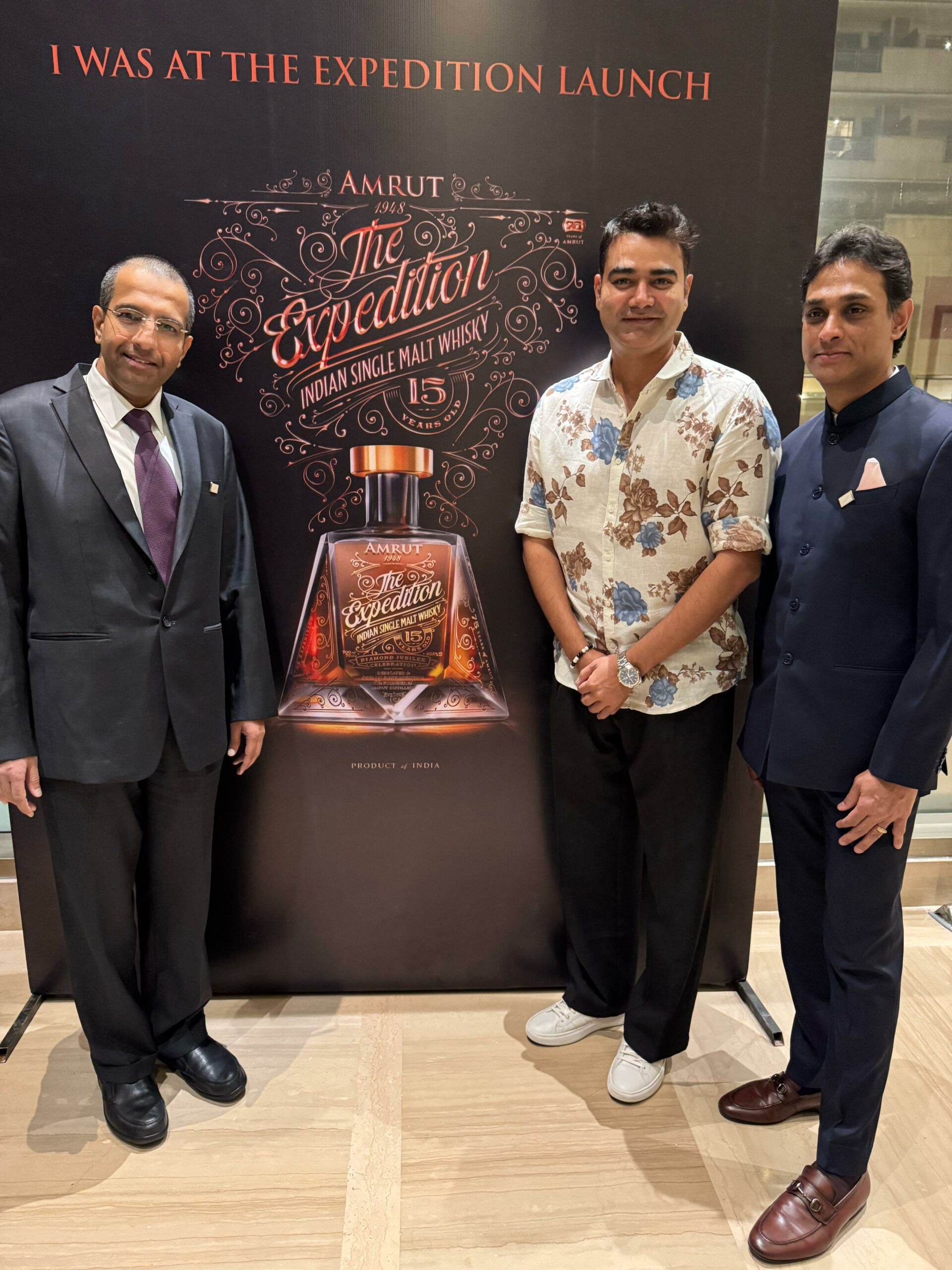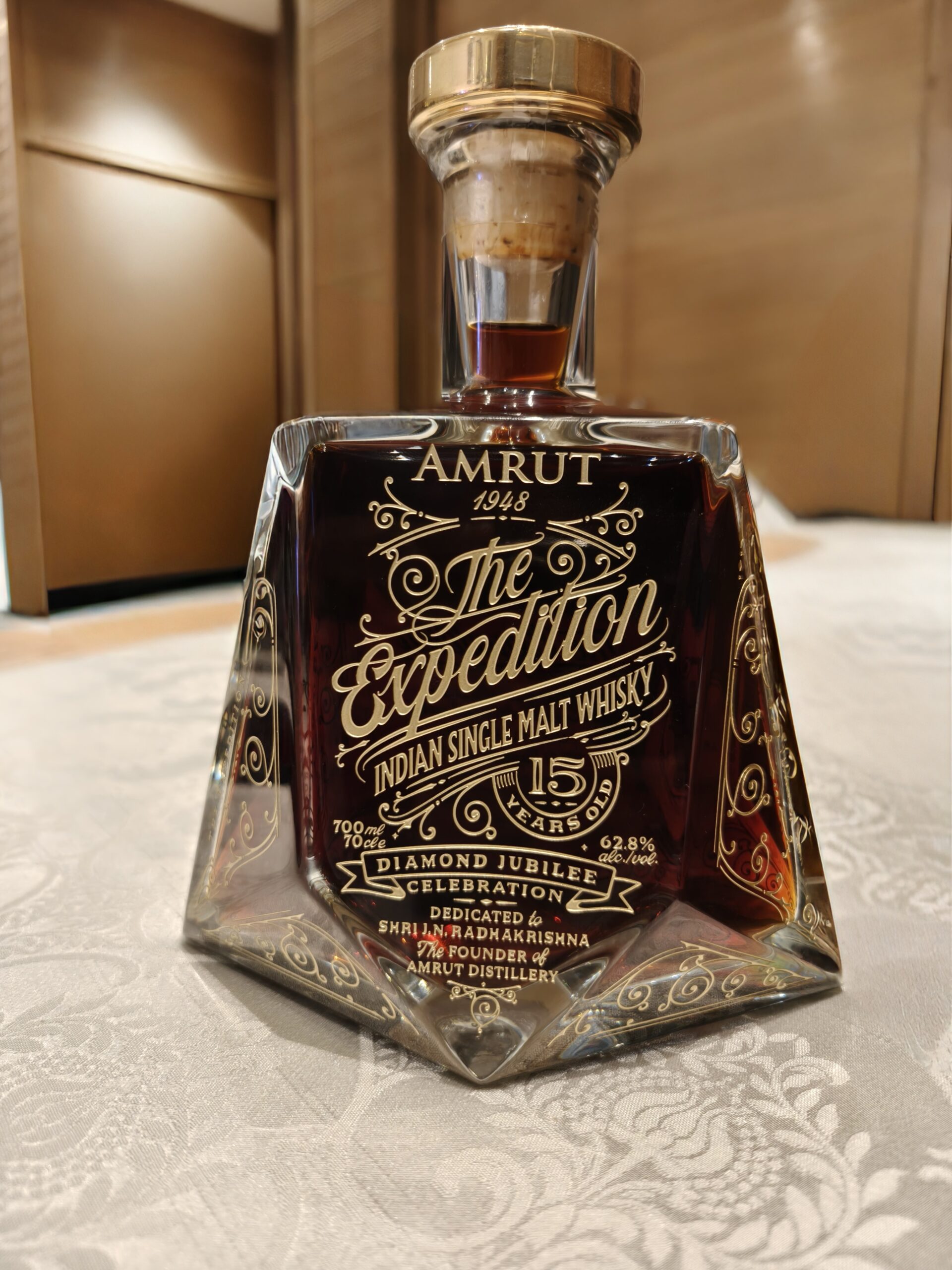Great drinks aren’t made by accident. They take skill, patience, and someone who knows exactly what they’re doing. Akhilesh Sheoran is one of those people. Whether it’s crafting a cocktail that wins championships or introducing whisky lovers to some of the finest spirits, he knows his way around a bar… and a bottle.
His journey started behind the counter, shaking and stirring his way through some of the toughest global competitions. Now, as Brand Ambassador – Craft Spirits at Diageo India, he’s the face behind some of the most talked-about labels, including Godawan Single Malt, crowned the Best Single Malt in the World (2024), and United’s Epitome Reserve.
In this chat, he spills stories from his career, shares tips on spotting a great bottle, and even talks about disastrous food pairings. Whether you’re a whisky enthusiast or someone who just wants to sound smarter at the bar, there’s plenty to take away from this conversation.
From mixology to brand ambassadorship, your journey has been remarkable. What inspired you to enter the world of craft spirits, and how has your path evolved over the years?
Working with different styles of spirits and engaging with consumers, I realised there’s so much that goes into bringing these incredible spirits to the bar. This curiosity led me to explore the other side of the industry as a Brand Ambassador, a dynamic and challenging role that allows me to bridge the gap between brands and consumers.
Which of your victories holds the most significance for you and why?
All competitions hold their own importance, as any win comes with new insights and a responsibility to push the boundaries further. However, Diageo World Class India stands out as one of the most demanding and rewarding experiences. Its rigorous structure truly tests creativity, technical skill, and adaptability, making it an unforgettable milestone.
The alco-bev space is constantly evolving. What are some of the biggest changes you’ve seen in the industry over the last decade, especially in India?
India’s drinking culture is evolving, driven by a younger, growing middle class that’s showing a stronger preference for premium homegrown brands. More people are exploring craft spirits and beers, and embracing new flavours and experiences. This move highlights a greater appreciation for quality, creativity, and the narratives behind bottles, shaping a more sophisticated and adventurous approach to what we drink.
What makes a spirit truly “craft,” and how do you see India’s role in this global movement?
Craft spirits are defined by their small-batch production, emphasis on high-quality ingredients, and hands-on distillation techniques that prioritise authenticity over mass production. Craft producers often experiment with distinctive botanicals, innovative ageing techniques, and transparent but unique production methods. More than just a process, craft spirits are about the people, leaders who challenge conventional rules. India’s role in the global craft movement is growing rapidly, with a surge in homegrown distilleries that merge heritage with modern innovation.
With whisky gaining a younger audience in India, how do you see the preferences of Indian consumers evolving when it comes to single malts and premium spirits?
Over the past decade, Indian consumers, especially younger consumers have developed a refined taste for single malts and premium spirits. This shift is driven by rising affluence, global exposure, and a desire for more authentic, high-quality drinking experiences. What’s even more exciting is the growing appreciation for domestically produced single malts, which are now competing on the world stage, reflecting a sense of national pride and recognition of India’s craftsmanship.
What’s the best way to appreciate and savour a good single malt?
The best way is to explore different styles from various regions and find what suits your palate. However, the right technique makes all the difference.
Use a Glencairn or tulip-shaped glass to concentrate aromas.
Observe the whisky’s colour.
Nose the whisky gently, keeping your mouth slightly open to catch nuanced aromas like vanilla, spice, fruit, or smoke.
Take a small sip and let it coat your tongue, identifying layers of flavour; sweetness, spice, peat.
The finish, or how long the flavours linger, tells you a lot about its depth and complexity.
Adding a few drops of water can open up hidden notes, making the whisky more approachable.
Ultimately, whisky should be enjoyed slowly, in a relaxed setting, where each sip reveals something new.
There’s a growing curiosity about how to identify a high-quality whisky. What are the key characteristics one should look for while selecting a bottle?
For me, specifics matter; from the packaging to the liquid inside.
But key factors to consider include: cask type and ageing process (although older doesn’t always mean better), alcohol by volume (ABV), and distillery and production methods. Look for anything that talks about tasting notes and flavour profile, brand philosophy and heritage behind the whisky. A well-crafted whisky tells a story before you even take the first sip.




